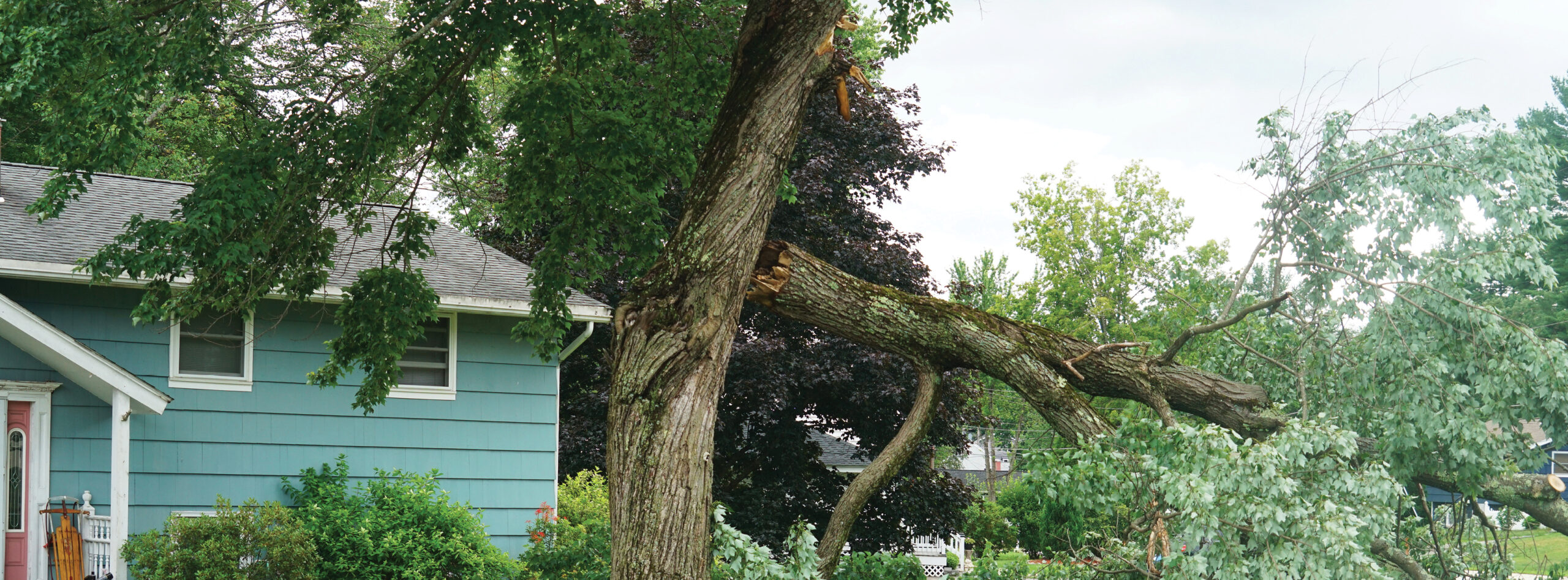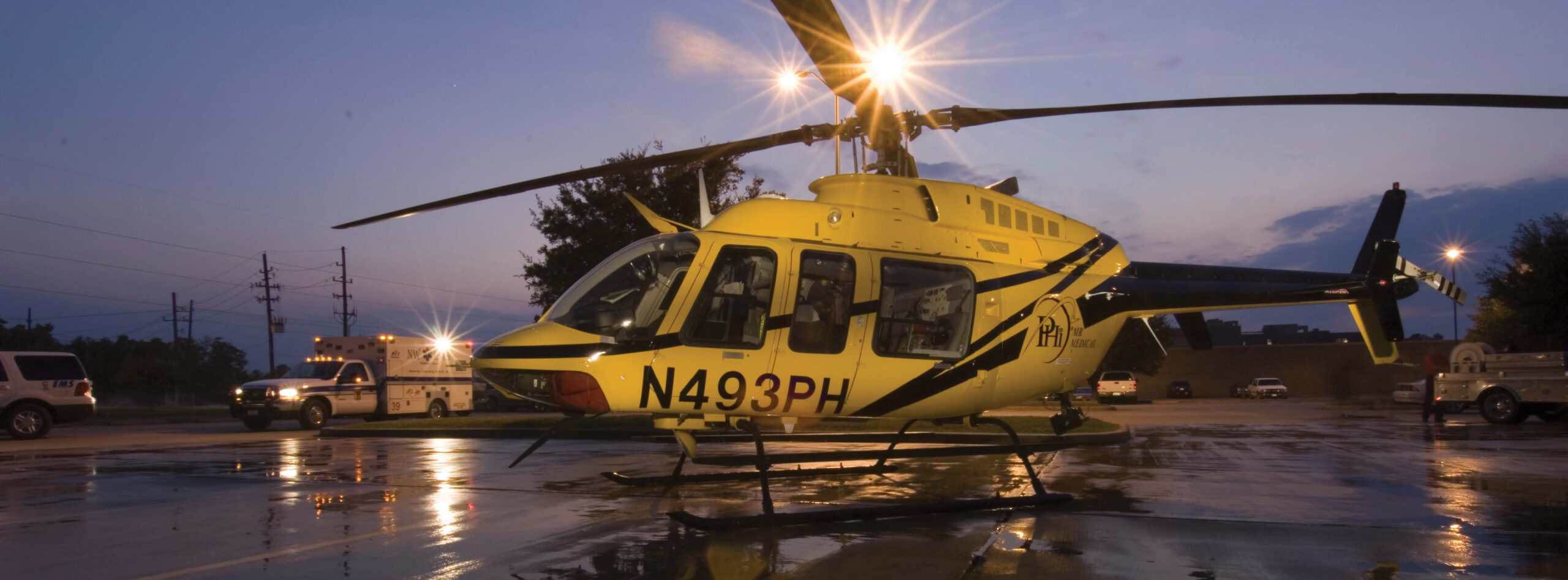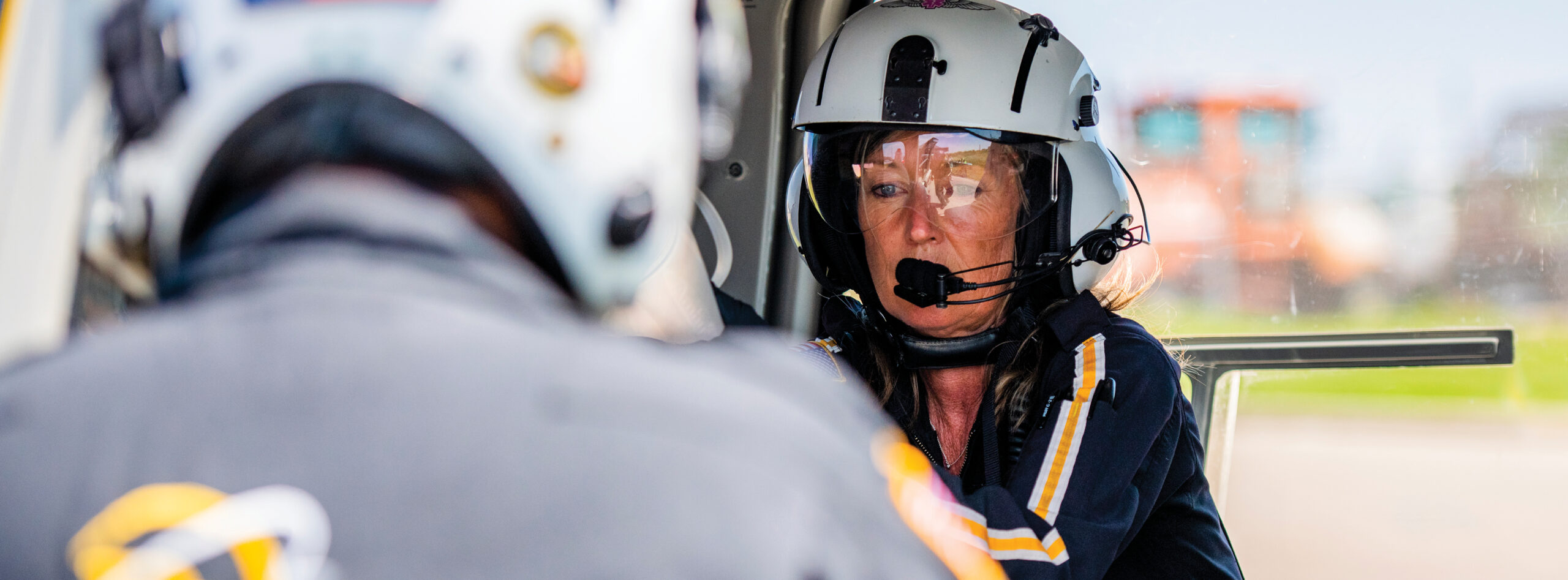Spring Emergencies: Why an Air Medical Membership Belongs in Your Family’s Safety Net
Spring brings warmer weather, more outdoor activities, and the start of travel season. As more people head outside or hit the road for travel, accidents and unexpected emergencies become more common, especially in rural or hard-to-reach places. When a serious injury happens far from a hospital, getting to the right care quickly can make all the difference. That’s where air medical transport comes in to play. Many people don’t realize that traditional health insurance may not cover the full cost of an air ambulance. This is why more families are turning to PHI Cares, a membership program that protects them financially when air medical transport is needed and rendered.
In this post, the PHI Cares team will walk through:
- Common Spring emergency scenarios
- Why air transport may be the fastest or only option during a health emergency
- What health insurance usually doesn’t cover
- How a PHI Cares membership can help your entire household
Why Spring Brings More Emergencies
- Severe Weather Events
Spring storms, floods, and even early wildfires can cause major accidents or injuries. These events often happen in areas where ground ambulances can’t respond quickly. For example: After a large storm in a rural region, several patients needed to be flown to hospitals because roads were blocked or flooded. It’s no surprise that many people are asking how much an air ambulance costs—these flights can save lives, but they often come with high bills.
- More Travel = More Accidents
With more road trips and long weekends, highways become busier—and more dangerous. Accidents that happen far from urban trauma centers often require air transport to avoid delays in care. For example: A serious highway crash several hours from the nearest hospital led to a helicopter transport for a critical injury. One of the most common questions is whether insurance covers air ambulances—but many plans don’t cover the full amount, leaving families with large unexpected bills.
- Outdoor Recreation Injuries
Spring invites people outside—whether it’s hiking, biking, or boating. But more outdoor activity also means more injuries, especially in remote areas. For example: After falling while hiking in the mountains, a person needed to be airlifted because ground crews couldn’t reach the location. Many people want to understand what a medevac flight is—it’s a medical flight designed to get someone to care quickly when regular ambulances aren’t an option.
- Worksite and Farm Accidents
As construction and farming pick up in spring, so do injuries involving heavy machinery, falls, or chemical exposure. These often happen in rural areas where time is critical and distance is an issue. For example: A worker on a large agricultural property was seriously injured and flown to a trauma center because ground transport would have taken too long. This is why people are asking if air ambulances can transport ICU patients—many are fully equipped for that level of care.
What Health Insurance Doesn’t Always Cover
A lot of people assume their health insurance will take care of everything in a medical emergency. That’s often not the case when it comes to air medical transport. Some health insurance plans only cover a portion of the cost or none at all.
PHI Cares is not insurance. It’s a national air ambulance membership that protects you from those surprise costs. Here’s how it works:
- If you need a medically necessary flight from PHI Air Medical, they’ll bill your insurance.
- What your insurance coverage pays is accepted as full payment.
- You owe nothing out of pocket.
- The membership covers your entire household, including dependents and up to three non-dependents who live at your address.
Real life example: A person was flown by air ambulance after a motorcycle accident, but their insurance denied the claim. Because they were a PHI Cares member, the bill was handled, and they didn’t pay anything themselves. That’s why people are trying to figure out how to pay for medical flights before something happens.
What a PHI Cares Membership Includes
A PHI Cares membership helps protect you financially in the event of an emergency flight. It doesn’t get you faster service, but it makes sure that if PHI Air Medical is called and a flight is needed, you won’t be stuck with a huge bill.
Membership benefits includes:
- No out-of-pocket cost for medically necessary flights by PHI Air Medical
- Billing handled directly with your insurance provider
- Coverage for your entire household, including up to 3 non-dependents at your address
- A flat, affordable annual fee
It makes sense that more people are asking how much PHI costs, especially when they realize what it can save them in the long run.
Real Life, Real Coverage
Emergency in a Remote Area
Someone had a sudden health crisis while camping far from a hospital. PHI Air Medical transported them to specialized care. This brings up the question of the golden hour in EMS – the idea that care within the first hour of injury is critical to survival and recovery.
Incident on the Water
A teen had a near-drowning accident during a family lake trip. The situation needed rapid transport to a pediatric ICU. Spring and summer bring more searches around water safety, boating accidents, and drownings – all reminders that quick access to care matters.
Medical Issue While Traveling
An older adult experienced a stroke while visiting family out of town. The local hospital couldn’t provide the care needed, so air transport got them to a stroke center without delay or cost. People often ask whether air ambulances have doctors or nurses on board, and the answer is yes: specially trained medical teams fly with patients on every mission.
Why Spring Is a Smart Time to Enroll
- Outdoor injuries increase: This time of year sees a spike in burn injuries, playground falls, and trampoline accidents – all things that can require fast medical attention.
- Travel picks up: Road trips, camping, boating. Families are more active during spring and that means a higher risk for accidents. Many people want to know how much it costs to get airlifted because those costs can hit at the worst time.
- Emergencies are unpredictable: You can’t always control when or where something happens. More people are asking how to prepare for getting lost, sick, or hurt in the wilderness. Financial planning for emergencies is a big part of that.
Be Ready For A Medical Emergency Before You Need It
Spring brings adventure but also risk. If someone in your family needs emergency air transport or an air ambulance, you don’t want to be thinking about bills. A PHI Cares membership gives you:
- Zero out-of-pocket cost for covered flights
- Direct billing to your insurance, with no out-of-pocket costs
- Full coverage for your household (dependents + 3 non-dependents)
- Peace of mind when you’re outdoors, on the road, or just far from care
Sign up today for a membership plan and make financial preparedness part of your emergency plan for spring and beyond.





